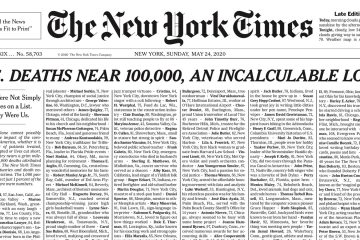Discovering Sofia: A Glimpse into Bulgaria’s Capital

Introduction
Sofia, the capital city of Bulgaria, is a significant European cultural and historical hub. As one of the oldest cities on the continent, its importance is not only rooted in history but also in its modern-day vibrancy, making it a compelling destination for tourists and residents alike. In recent years, Sofia has gained attention for its economic growth, cultural renaissance, and active role in European affairs.
Historic Significance
Founded over 2,000 years ago, Sofia has been influenced by various civilizations, including the Romans, Byzantines, and Ottomans. Landmarks such as the Alexander Nevsky Cathedral, the Roman ruins at Serdica, and the Boyana Church, a UNESCO World Heritage site, reflect its layered past. These sites continue to attract thousands of visitors, who seek to understand the city’s historical narratives amidst its modern revival.
Cultural Vibrancy
Sofia’s cultural scene is increasingly dynamic, with numerous festivals, art galleries, and theaters developing alongside its historical attributes. The city is home to the National Palace of Culture, which hosts various events, concerts, and conferences, emphasizing Sofia’s role as a cultural center. Moreover, local gastronomy, featuring traditional Bulgarian dishes, is gaining recognition, attracting food enthusiasts who are eager to experience the city’s culinary offerings.
Economic Growth
In recent years, Sofia has also developed as a significant tech hub in Eastern Europe. The city’s strategic location and favorable business conditions have attracted numerous startups and established companies, fostering an environment ripe for innovation. The Bulgarian government has implemented policies aimed at enhancing economic growth, with a focus on technology and infrastructure improvements, making it a favorable location for investors.
Modern-Day Challenges
While Sofia boasts various advantages, it faces challenges typical of rapidly evolving urban landscapes. Issues such as traffic congestion, pollution, and a growing housing market reflect the city’s expanding population and economic activities. City officials are taking steps to address these issues through sustainable urban planning and improvement initiatives.
Conclusion
Sofia represents a blend of rich history and dynamic modernity, making it an important city on both the European and global stages. With ongoing developments in economics, culture, and urban sustainability, the city’s future looks promising. As it continues to attract tourists and businesses, Sofia is poised to enhance its reputation as a vital European capital. Readers interested in travel, culture, or economic opportunities would do well to keep an eye on this vibrant city.









